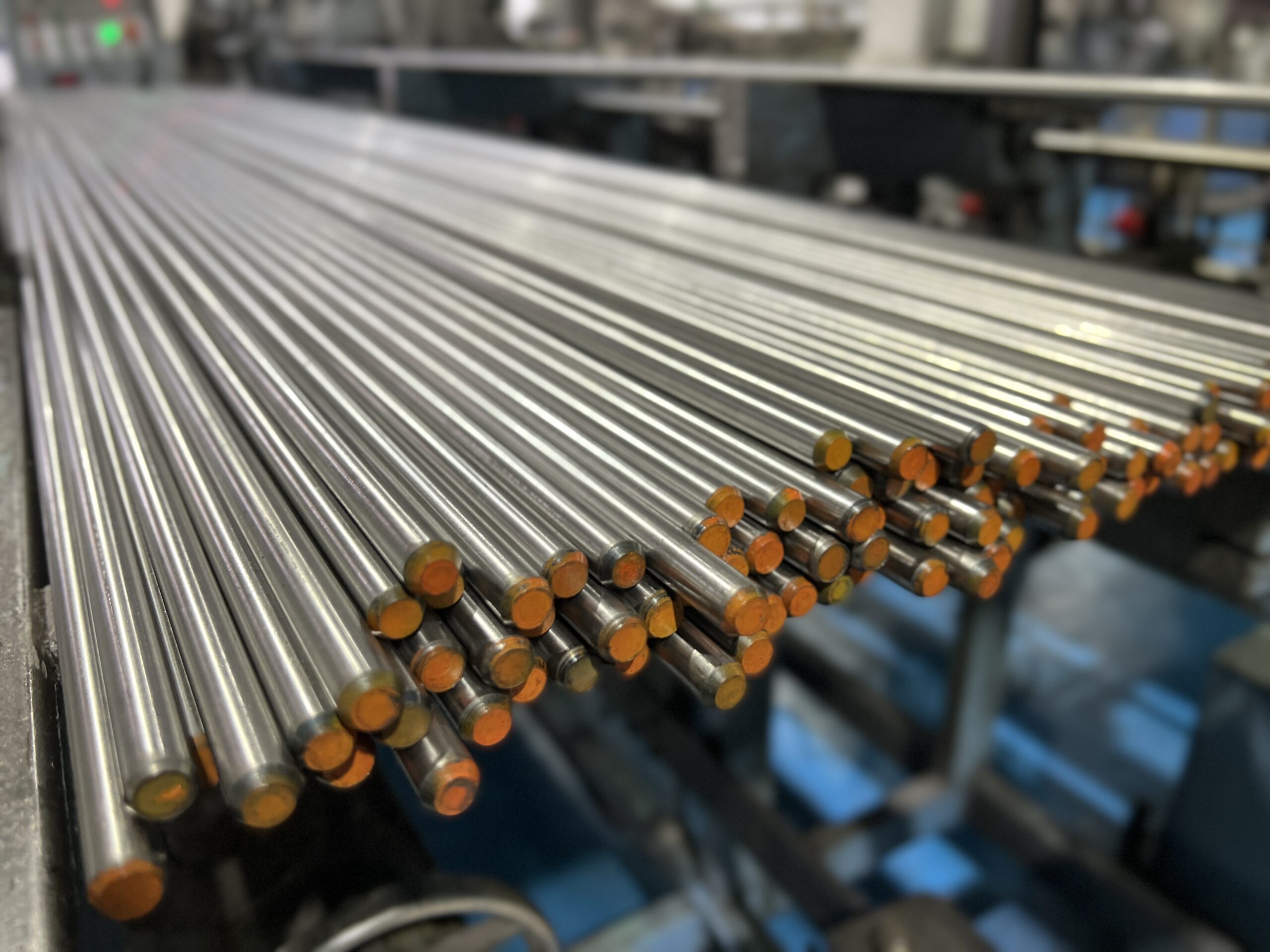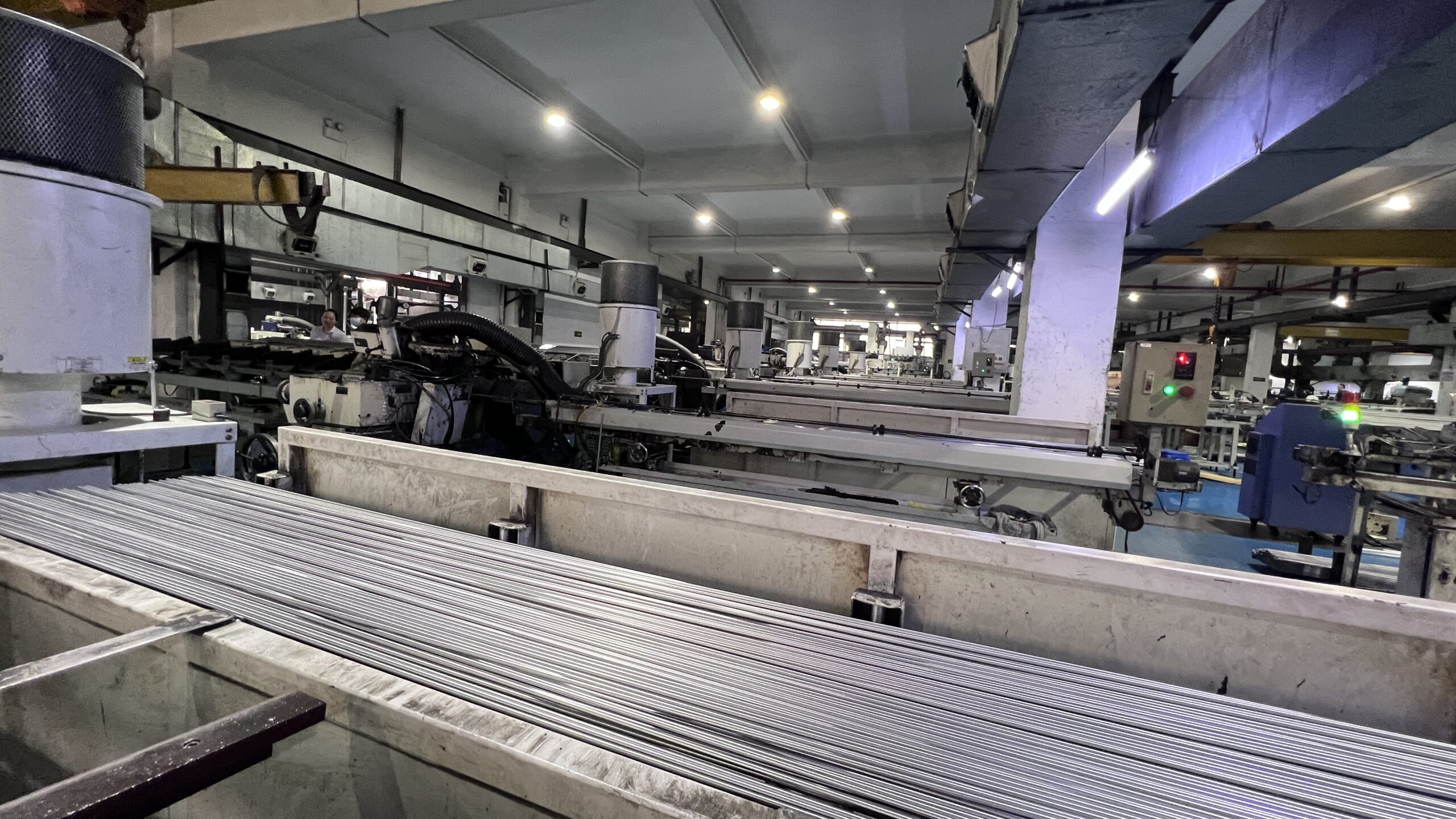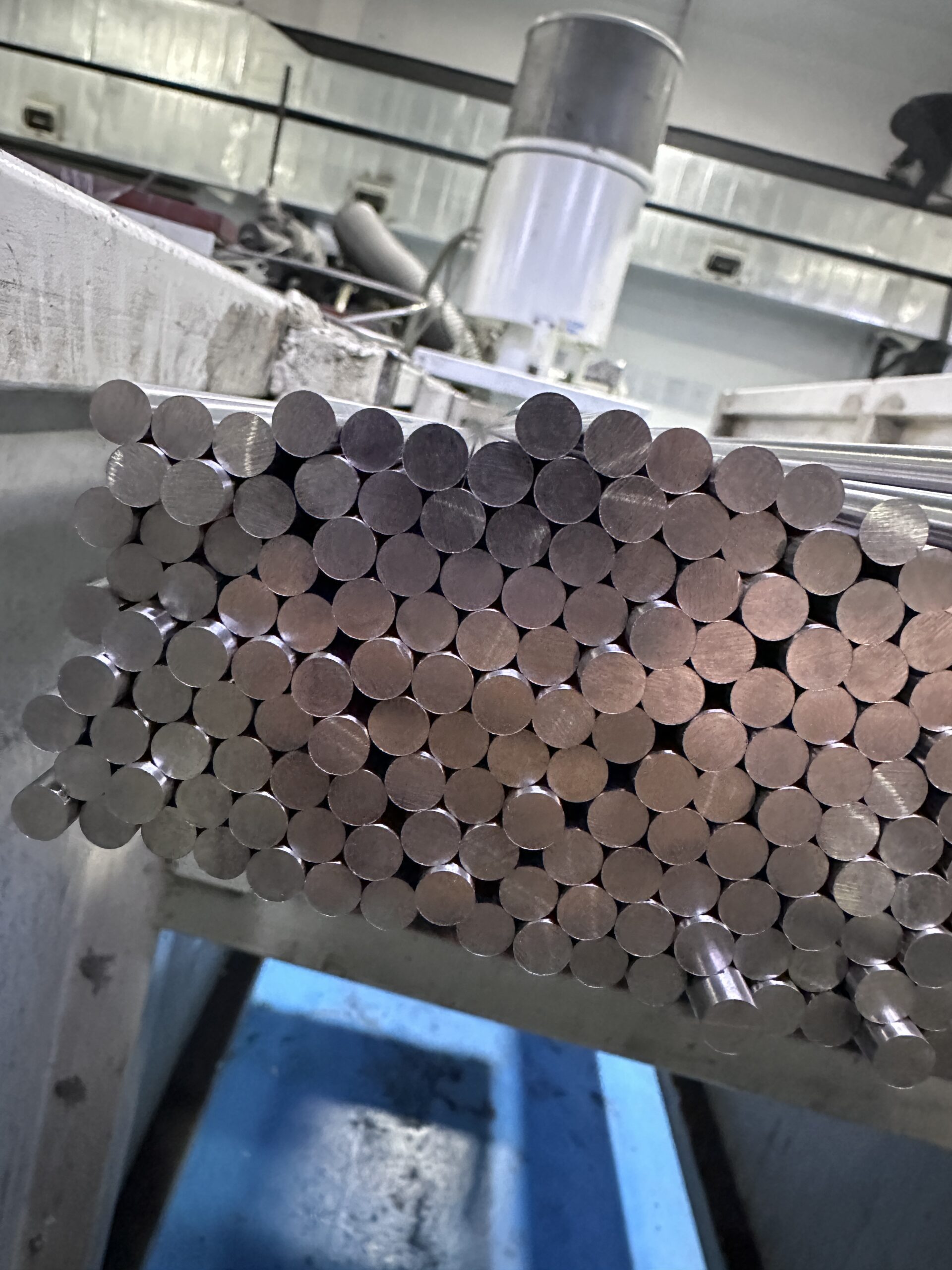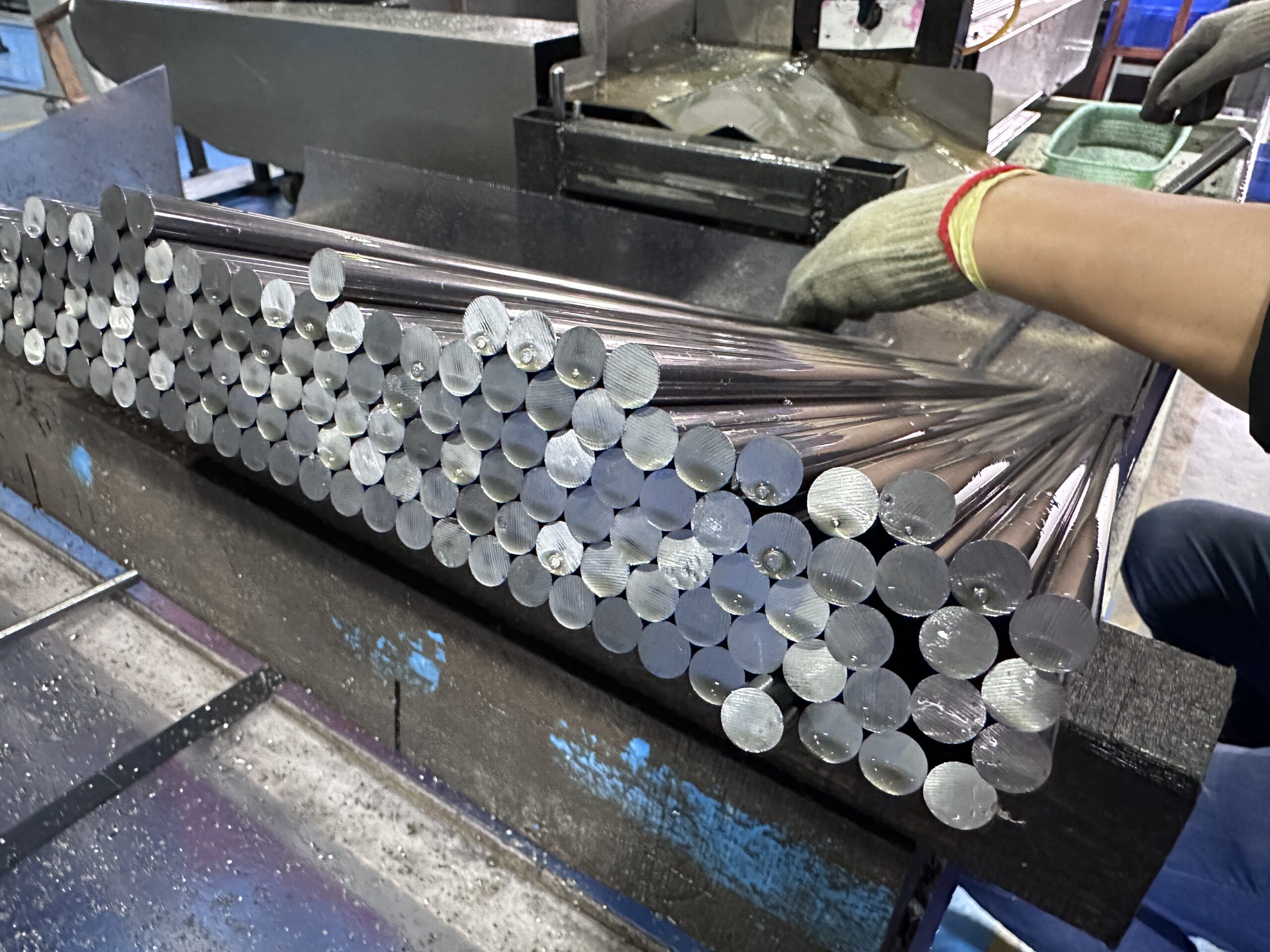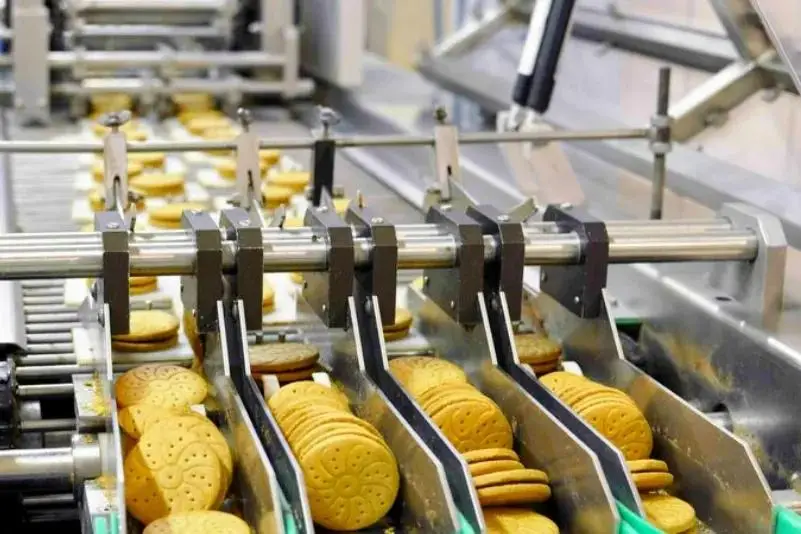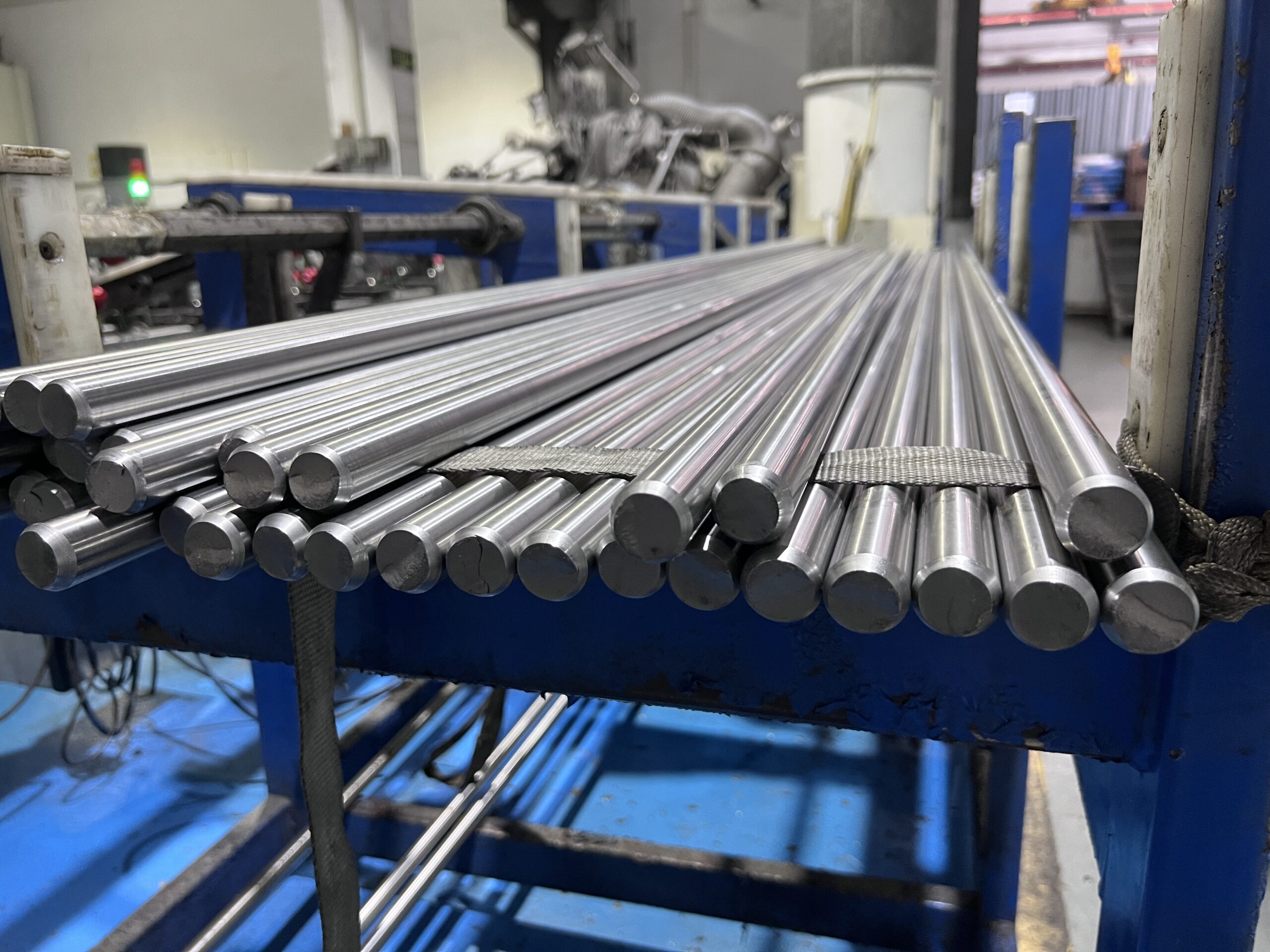12L14 is a resulfurized and rephosphorized free-machining steel containing lead (Pb) to improve machinability. It is widely used in automatic screw machines and precision machining operations.
Can 12L14 Be Heat Treated?
| Treatment Type | Feasibility | Notes |
|---|---|---|
| Annealing | Yes | Typically annealed to relieve internal stress. |
| Carburizing | Limited | Surface hardening possible, but core remains soft. |
| Through Hardening | No | Not suitable due to low carbon content. |
| Case Hardening | Yes (with caution) | Surface hardness can be improved, but risk of cracking due to lead. |
| Normalizing | Not Common | Rarely used because it doesn’t significantly alter properties. |
| Quenching & Tempering | No | Ineffective due to insufficient carbon. |
Conclusion:
12L14 is not suitable for full hardening due to its low carbon content and the presence of lead, which reduces its structural integrity at high temperatures. However, case hardening or carburizing may be applied if only surface wear resistance is required.
Machining Recommendations
| Parameter | Recommended Setting |
|---|---|
| Cutting Speed | 180–350 ft/min (55–105 m/min) |
| Feed Rate | 0.1–0.3 mm/rev (depending on tool and diameter) |
| Coolant | Required (use water-soluble or oil-based) |
| Tool Material | HSS or Carbide (preferably coated carbide) |
| Chip Control | Excellent – breaks easily due to lead content |
12L14 is known for exceptional machinability, often rated at 190% of standard mild steel. It offers excellent chip formation and surface finish, making it ideal for high-volume CNC and lathe operations.
Post-Machining Surface Treatments
To enhance corrosion resistance and surface properties:
| Surface Treatment | Purpose |
|---|---|
| Phosphating | Improves wear and corrosion resistance |
| Black Oxide Coating | Enhances aesthetics and mild rust protection |
| Electroplating (e.g., zinc, nickel) | Improves corrosion resistance |
| Passivation (less effective) | Not highly effective due to low chromium content |
While 12L14 steel excels in machining performance, it is not suitable for full heat treatment due to its chemical makeup. Surface hardening techniques like case hardening or carburizing may be used carefully. For best results, focus on precision machining and surface treatment rather than hardening. Choose this steel when high productivity, dimensional accuracy, and excellent surface finish are priorities.


